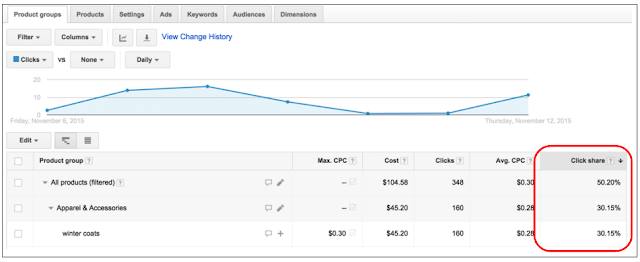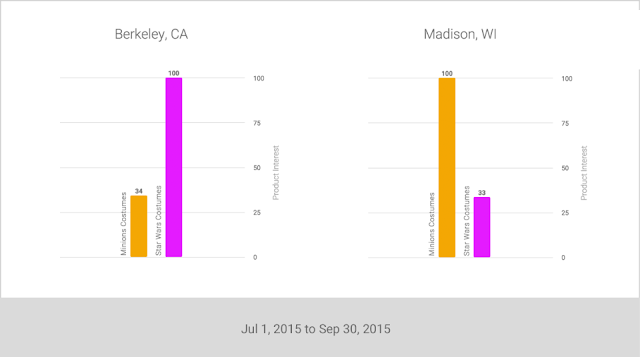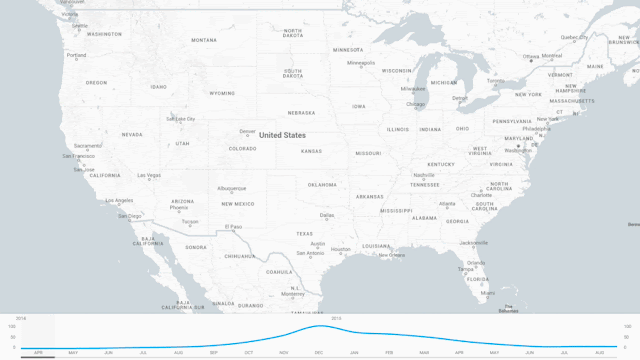Think of the best managers you’ve ever worked with. What makes them stand out in your mind? Was it their compassion? Their problem-solving abilities? Maybe their knowledge of their field and willingness to teach?
It can be difficult to pinpoint what exactly makes a great leader, because a truly great leader and a great manager has a combination of qualities. It’s about more than turning a blind eye when you take a long lunch; a great manager is one who will help you to excel in your field and give you the tools to grow.
There are 12 different leadership styles that define the most famous leaders throughout history, but unless your boss is ruling a country then chances are you’ll encounter just five of the 12 within the workplace:
Laissez-Faire
This type of leader is extremely laid back. They don't directly supervise staff and rarely offer feedback. Autocratic leaders are lone wolves, making decisions without giving their staff a say in matters.
A more democratic leadership style where managers value their team’s input before making decisions.
Transactional
Transactional managers are goal-oriented and will reward or punish their teams based on performance.
Transformational
These leaders are big-picture thinkers and motivate their staff through communication and visibility.
Different types of people thrive under different types of leadership, sometimes being a great manager means being a combination of all five. For example a laissez-faire style of manager doesn’t often provide feedback and support to their staff, and while some staff might feel unsupported, others prefer the hands-off approach in order to prove they can be an independent worker. Autocratic leaders tend to make decisions without consulting their staff, while participative leaders prefer to make decisions with a lot of input.
It’s easy to see how different styles of leadership can rustle some feathers, so it might be worth examining what type of leadership style you most identify with and see if you might be excluding some of your staff.
To learn more about becoming a better manager, you can check out our helpful guide - Building effective management skills - or watch the video below for more information.












